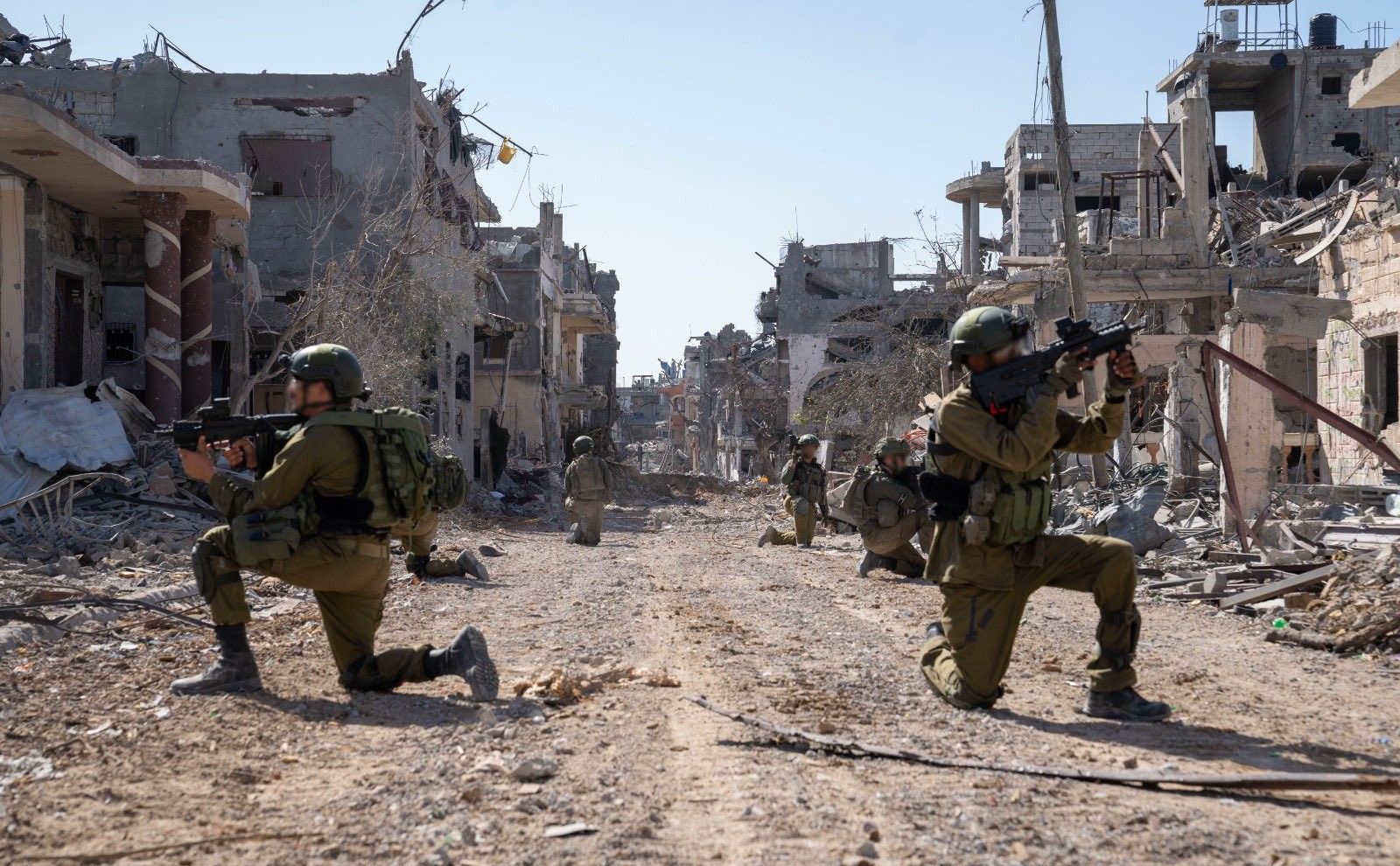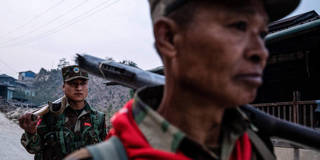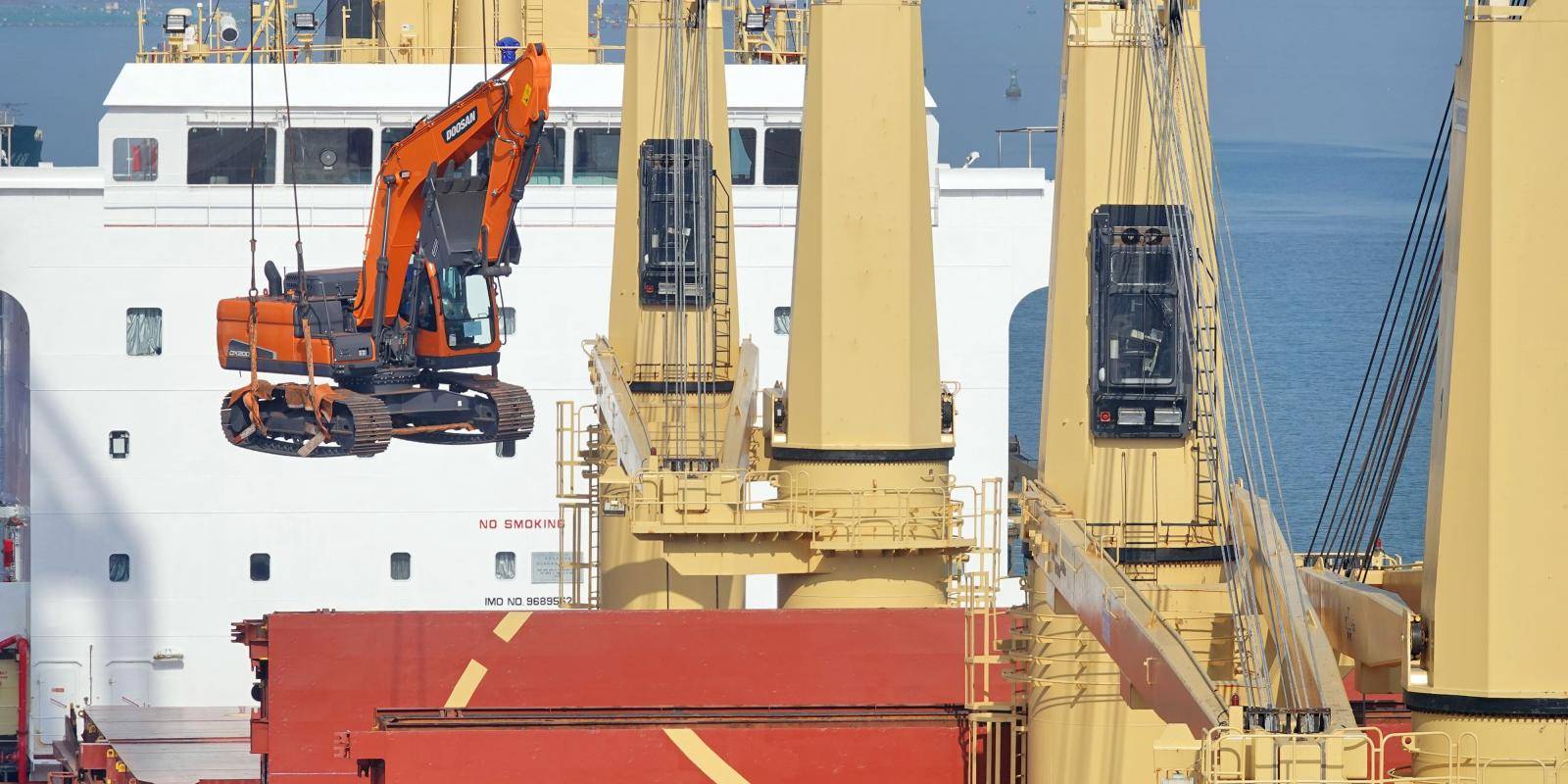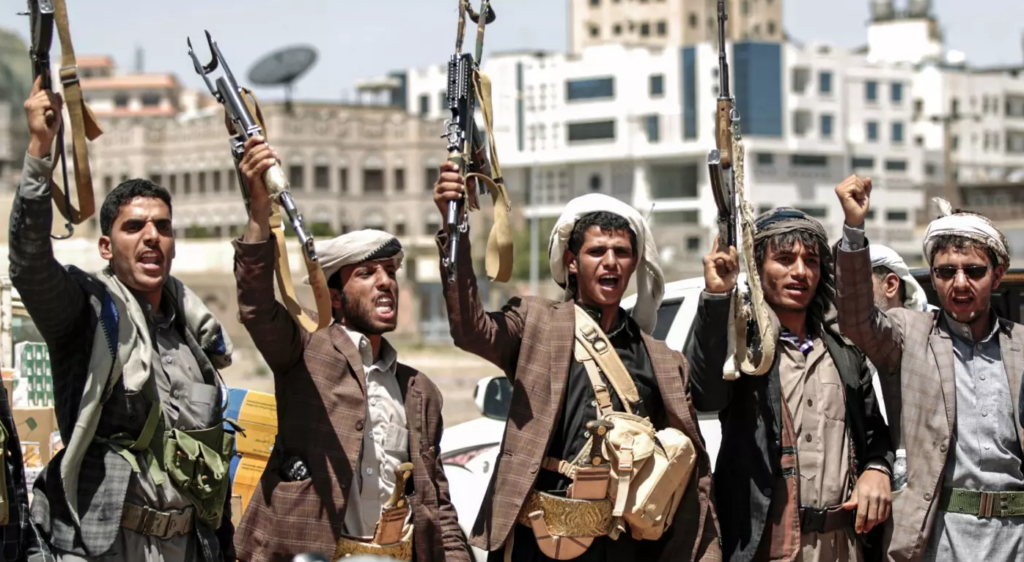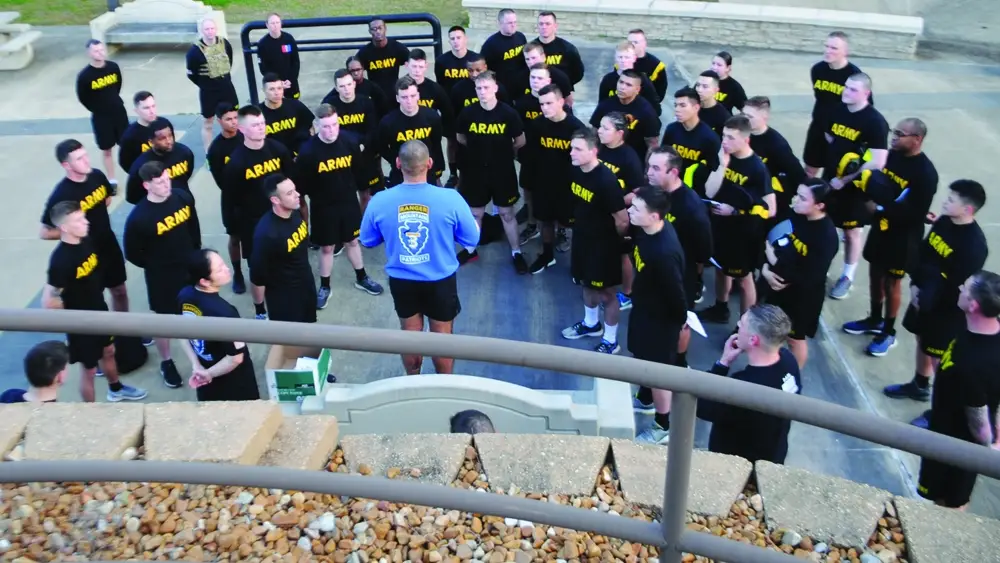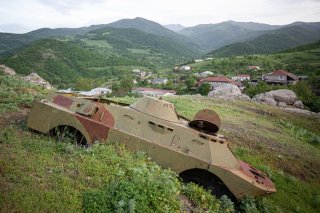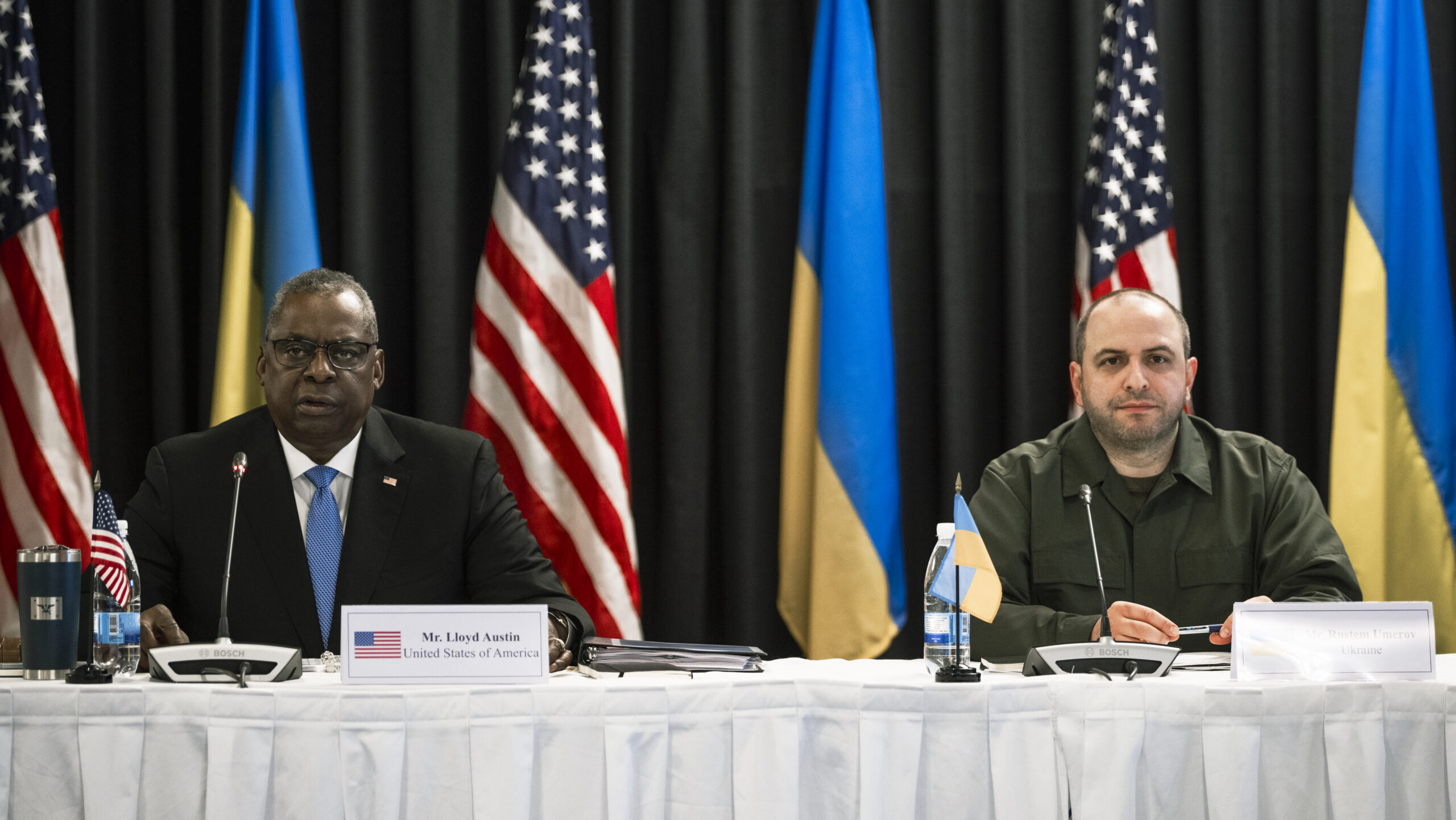DANIEL BEN-AMI

German and Danish police have uncovered a Hamas terrorist plot to attack Jewish targets in Europe. This is potentially yet more evidence, if any were needed, that Hamas’s overriding objective is the slaughter of Jewish people, not the ‘liberation’ of Gaza.
Last week, German authorities arrested four suspects linked to Hamas, three in Berlin and one in the Netherlands. One of the four, Abdelhamid Al A, is alleged to have been in the process of transporting weapons from an undisclosed location in Europe to Berlin. From there, they are alleged to have been planning to attack Jewish institutions.
At the same time as the German police were moving in on the four terror suspects, the Danish police were also busy arresting three more on suspicion of plotting to carry out ‘an act of terror’. The Danish authorities said there is no direct connection between their counter-terror operation and Germany’s. Israeli intelligence services, however, have linked the two sets of arrests.
Hamas has predictably denied that it has any connection with those arrested. Such denials would be easier to take seriously if Hamas hadn’t explicitly called on its supporters to commit acts of violence in America, Britain and other countries that support Israel in the days after the 7 October attack. More damning still, German prosecutors stated last week that the four arrested in Germany and the Netherlands are long-standing members of Hamas and have close links to the leadership.
